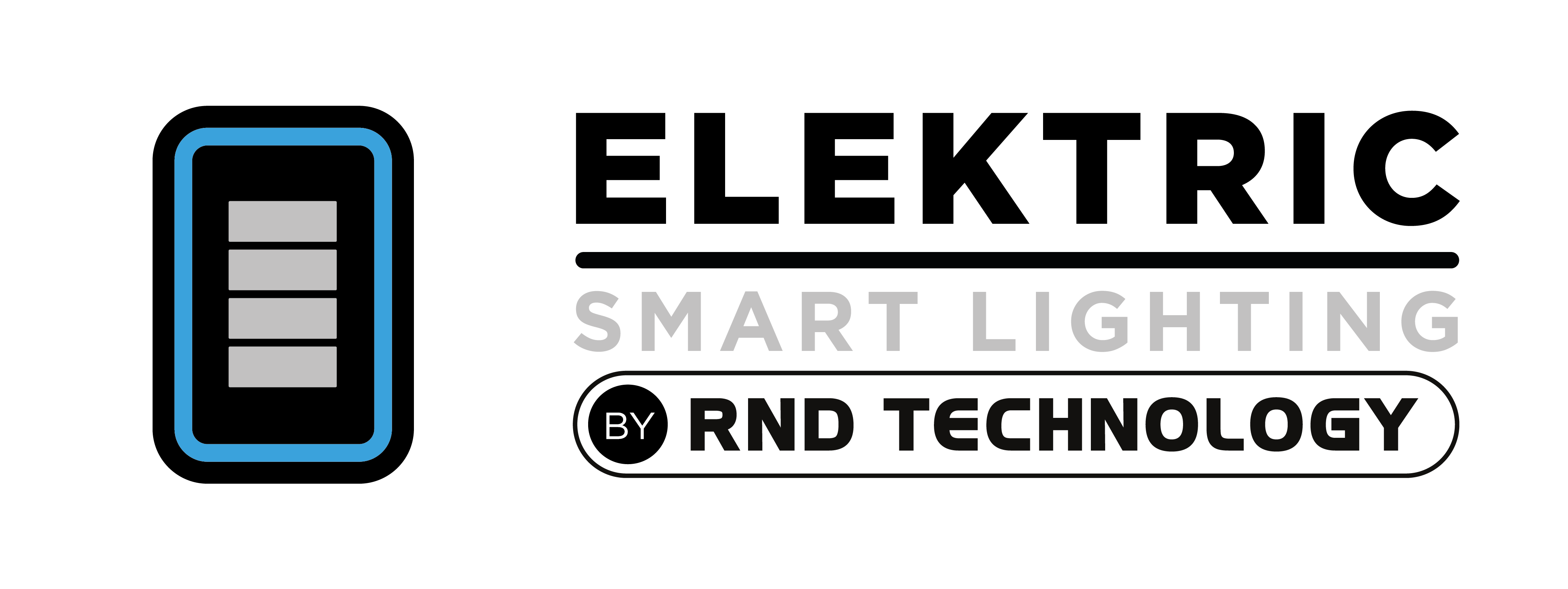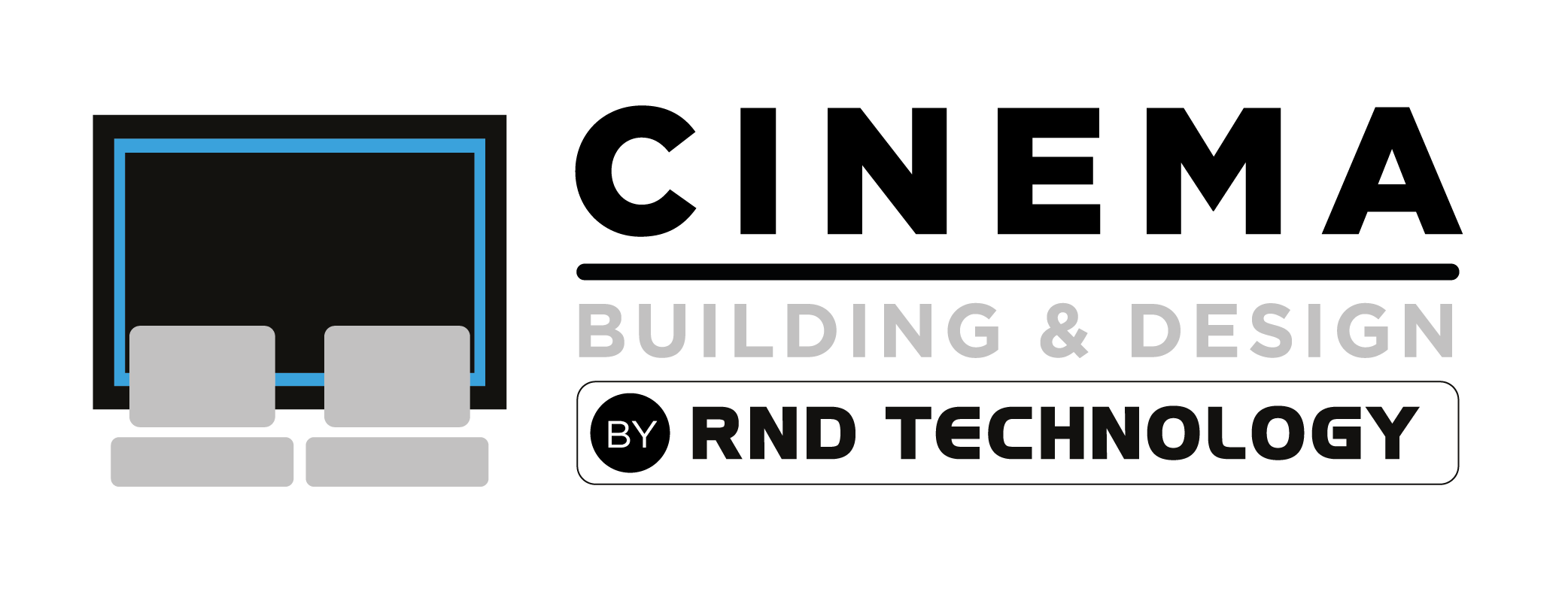In recent years, the concept of home has evolved beyond a mere physical shelter to a sanctuary of comfort, personal expression, and wellness. Home lighting automation is one of the most transformative technologies in this evolution, including creating mood scenes. This blog explores how automated lighting and customizable mood scenes can profoundly affect the ambiance of your home, influence mood, and enhance well-being.
The Science of Light and Mood:
Light significantly influences our circadian rhythms, the internal process regulating the sleep-wake cycle over a 24-hour. Exposure to natural light during the day boosts alertness, mood, and productivity. Conversely, artificial lighting, especially blue light from screens, can disrupt these rhythms, affecting sleep quality and mood. Through the strategic use of automated lighting systems, homeowners can simulate natural light patterns, leveraging warm light to enhance relaxation in the evening and cooler, brighter light to improve concentration and mood during the day. This alignment with natural circadian rhythms supports mental health, emotional well-being, and overall physiological balance.
Enhancing Well-Being with Automated Lighting:
Automated lighting transcends mere convenience, offering a powerful tool for enhancing well-being. By allowing for the adjustment of intensity, color, and temperature, these systems can create environments that reduce eye strain, improve mood, and even mitigate the effects of Seasonal Affective Disorder (SAD). For instance, lighting that mimics the daylight spectrum can alleviate symptoms of SAD by simulating exposure to natural light. Furthermore, automated systems can reduce overexposure to harsh lighting conditions, creating a harmonious living space that supports physical and mental health.
Creating Mood Scenes for Every Occasion:
Mood scenes are pre-configured lighting settings tailored to specific activities or desired ambiances. For example, a “Focus” scene might combine high-intensity, cool-toned lighting to create an environment conducive to concentration. In contrast, a “Relax” scene could use soft, warm tones to promote a calming atmosphere. These scenes can be activated with a single command, transforming a space to match the user’s immediate needs, whether for work, leisure, or socializing. This capability enhances a space’s functionality and aesthetics and supports its inhabitants’ activities and emotional states.
The Psychological Impact of Lighting:
Lighting profoundly affects our perception of space and our emotional responses to it. Bright, harsh lighting can make a space feel sterile and unwelcoming, while soft, warm lighting can make the same space feel cozy and inviting. By carefully selecting and configuring lighting, homeowners can manipulate these perceptions to create spaces that reflect their personal style and meet their emotional needs. Automated lighting enables this customization on a granular level, allowing for creating environments that nurture creativity, tranquility, or vitality, depending on the desired mood.
Lighting Automation and Sleep Quality:
Poor lighting conditions in the evening, especially exposure to blue light, can inhibit the production of melatonin, the hormone responsible for regulating sleep. Automated lighting systems can be programmed to reduce exposure to blue light in the hours leading up to bedtime, gradually transitioning to warmer tones that promote relaxation and readiness for sleep. By mimicking the natural progression of light throughout the day, these systems help maintain the body’s internal clock, leading to improved sleep quality and, by extension, better overall health and well-being.
Sustainability and Efficiency:
In addition to their health and wellness benefits, automated lighting systems offer significant environmental advantages. These systems can adjust lighting based on occupancy, time of day, and available natural light, ensuring that energy is used efficiently and waste is minimized. Dimming capabilities also contribute to energy savings, as reducing light intensity lowers energy consumption. It translates to cost savings for homeowners and a reduced environmental footprint, aligning personal comfort with ecological responsibility.
Conclusion
Integrating home lighting automation and mood scenes represents a confluence of technology and human-centric design, offering a dynamic tool for enhancing the quality of life. By providing unparalleled control over the lighting environment, these systems allow individuals to tailor their spaces to their lifestyles, activities, and moods, promoting greater well-being and environmental sustainability.
As we continue to explore and integrate these technologies into our homes, the potential for personalized living environments becomes limitless. Home lighting automation and mood scenes are not just about controlling light; they’re about controlling the very ambiance of our lives, illuminating the path to a more comfortable, healthy, and sustainable future. RND continues working with manufacturers such as SAVANT and CONTROL 4 to bring clients the latest technology and help integrate it into homes. Call us to see how you can implement some of these features into your home.







